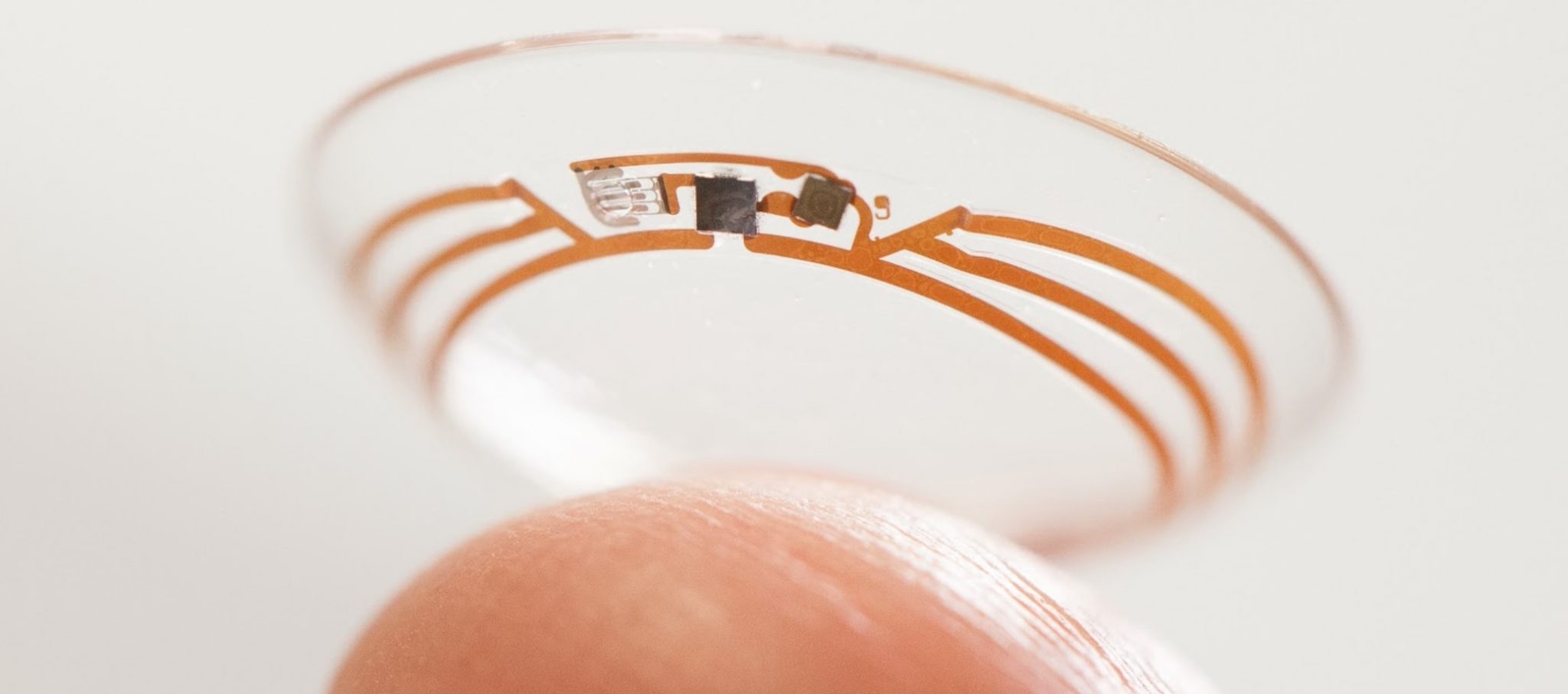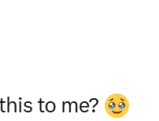
Image Credit: Google
by Sheren Javdan
April 17, 2014
Google Inc., a Delaware corporation, has filed a patent application for a micro camera system that will be integrated into future smart contact lenses. The “image capture component,” also known as a camera will fit into any contact lens.
A patent is a property right granted to an inventor by the United States Patent & Trademark Office (USPTO). A patent excludes others from using or making the invention throughout the United States for a limited period of time. Patents are intended to encourage inventors to invest time, money and resources into the development of new discoveries.
Google will incorporate a camera into a contact lens without compromising its thickness. As a user’s line of vision shifts the camera will follow. Users will therefore be able to capture images and videos using the camera without obstructing their vision.
The contact lens camera will have multiple sensors that will detect human blinking. The combination of the blinking and sensors will then generate a command and control the contact lens camera. The camera will be able interpret a user’s surroundings such as colors, objects, lights, faces and motions. Once the images and date are captured, the image will be conveyed into a connected smartphone.
Earlier this year, the USPTO released Google Inc.’s patent application for a multi-sensor contact lens computer system that could work with Google Glass. Consumers did not know the contact lens computer system would be able to work with users’ contact lenses.
HELPING THE BLIND
All varieties of data can be processed using the contact lens camera. The analysis component of the Google contact lens camera can process raw images over different instances of time to determine the motion of a vehicle. Once processed, the contact lens camera will generate a warning message to the attached phone and warn users of oncoming traffic and when it is safe to cross a crosswalk.
The facial recognition component of the contact lens camera can help the blind recognize people they know. Such technology can be used to help the blind with everyday tasks. Ultimately, this would result in a tremendous leap in technology available to the visually impaired.
HELPING WITH DIABETES
In January of this year, Google, Inc., announced their newest invention. The Google X team developed a concept contact lens that could help with diabetes. The contact lens would monitor users’ glucose levels by reading the tears and moisture in their eyes. A tiny wireless chip with a glucose sensor would be embedded between two layers of contact lens material.
The contact lens would also act as an early detector for the user. Tiny LED lights would light up indicating that a user’s glucose levels have either gone above or below allowable thresholds.
Because the product must first undergo a series of tests to provide accuracy, the Google X team’s diabetes detector lens can take years to reach consumers.
Should the Google contact lens camera ever hit the market, users will be able to see the world through their eyes…literally and figuratively. However, some kinks must be worked out before the contact lens becomes a reality.
For starters, one question remains. How will the camera be charged? Most users would not want to wear a contact lens with a huge battery pack connected to it. Google has said that they have looked into a few options.
A separate transceiver might generate wireless power to the contact lens camera or the sensors themselves might be able to generate enough energy to power the lens.
It is important to note, however, that many patented products never hit the market. For now, the Google contact lens camera is a concept. Only time will tell if will become a reality. If so, it will be a complete game changer.
Topics: Google Inc., Intellectual Property










